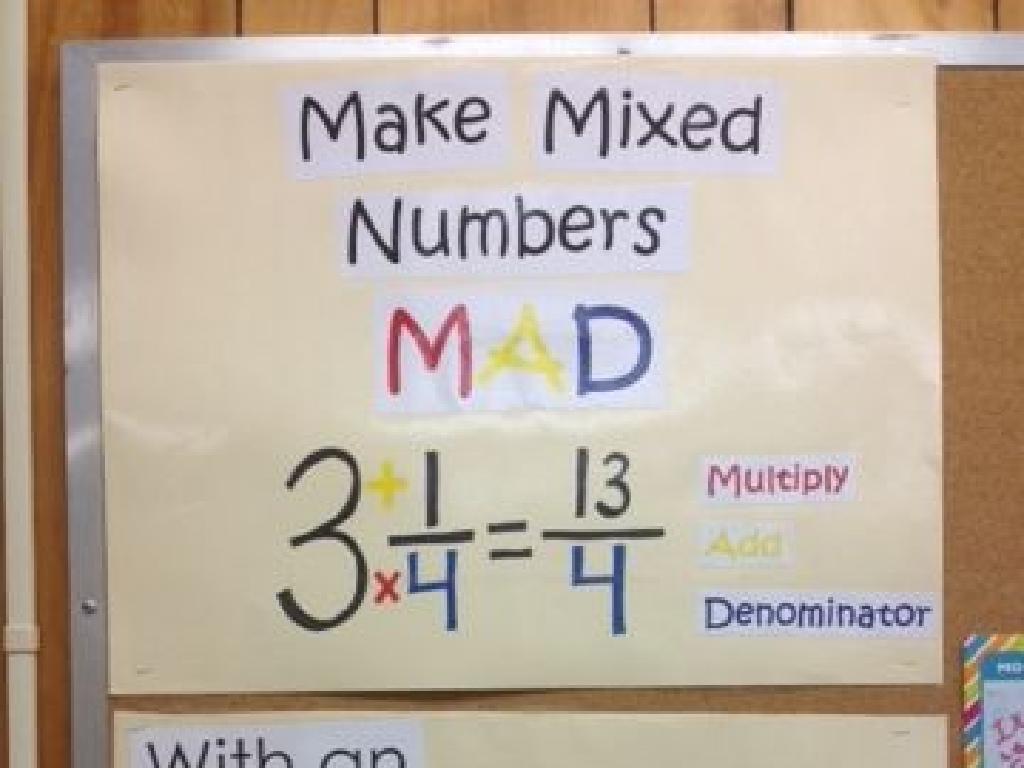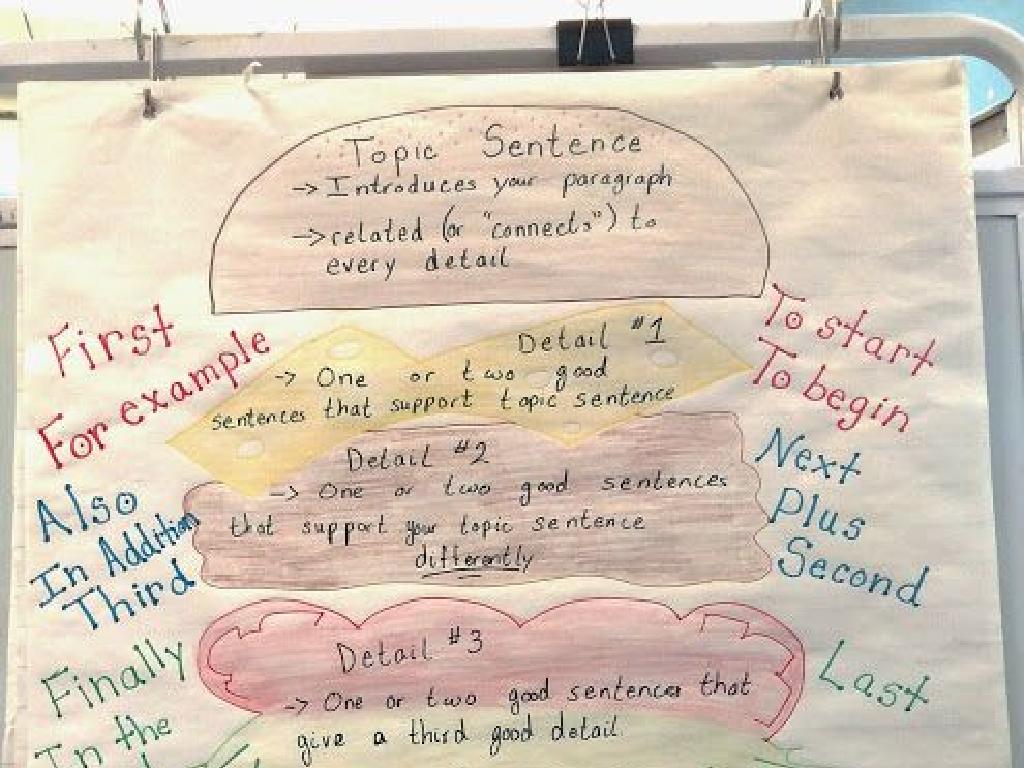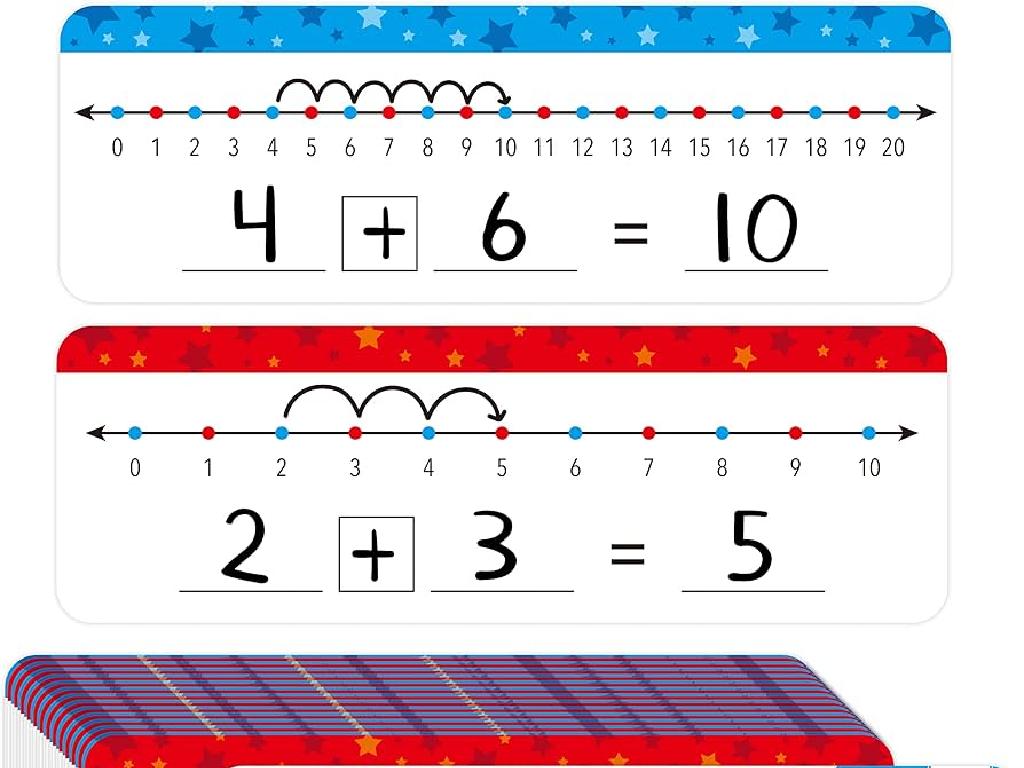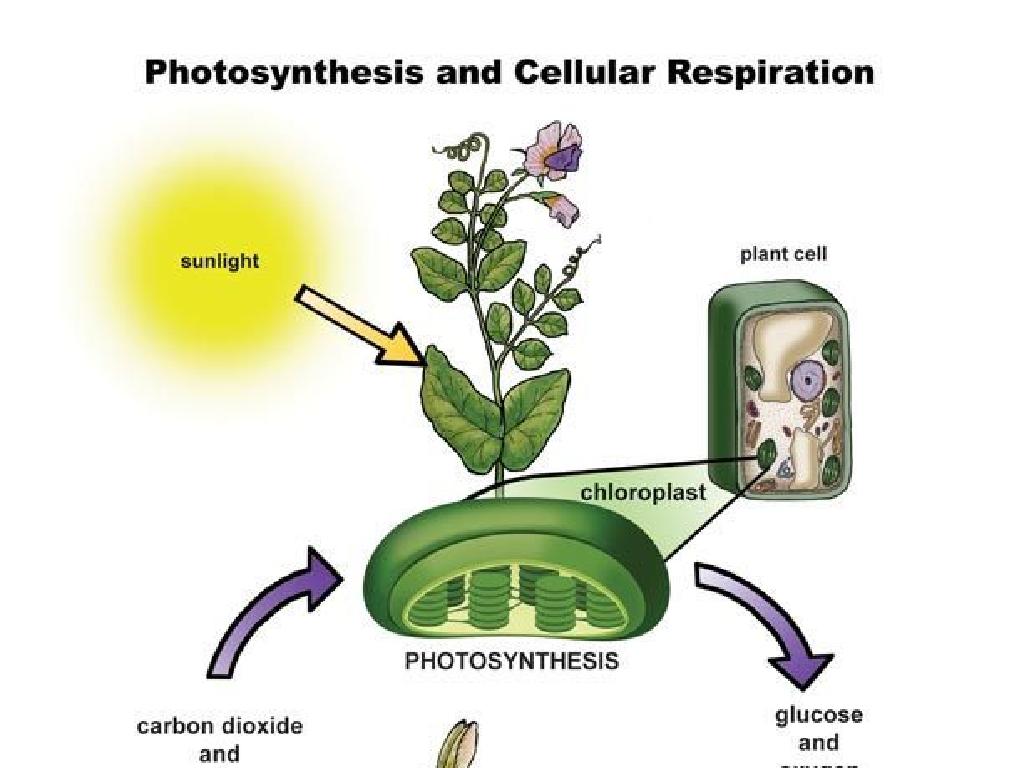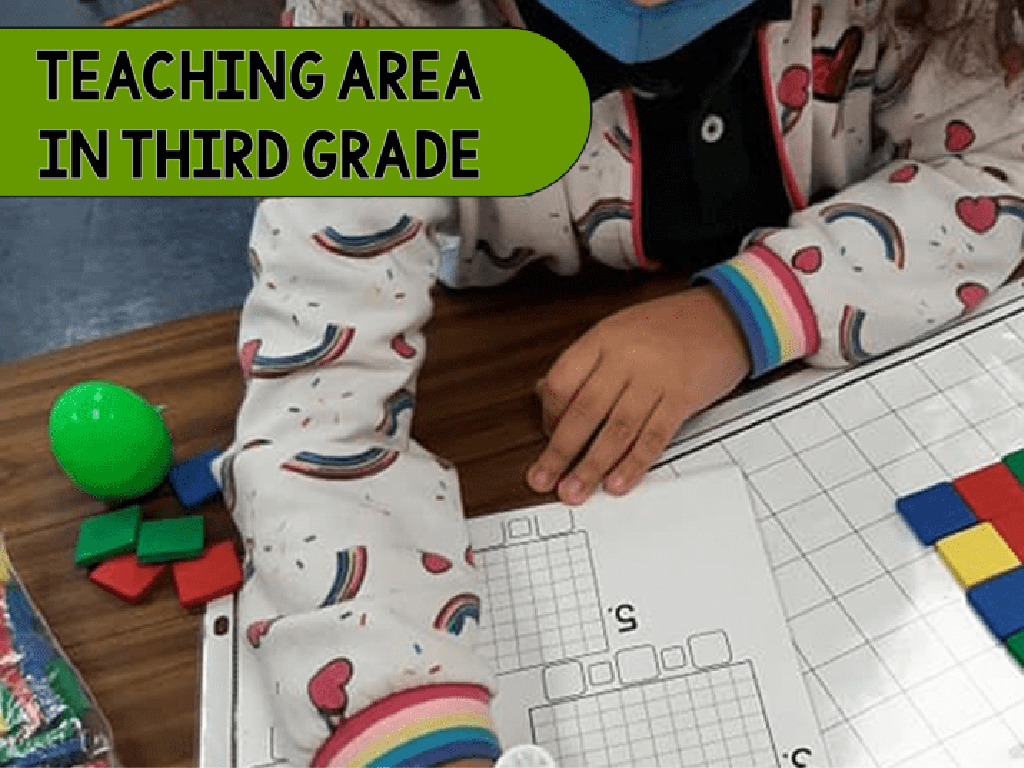Classify Solids And Liquids
Subject: Science
Grade: Kindergarten
Topic: States Of Matter
Please LOG IN to download the presentation. Access is available to registered users only.
View More Content
Exploring Solids and Liquids
– Today’s topic: Solids & Liquids
– Understanding our world
– We see solids and liquids every day!
– ‘States of Matter’ explained
– Everything is made up of matter. Matter can be solid like a rock, or liquid like water.
– Fun facts about solids & liquids
– Solids hold their shape; liquids flow and take the shape of their container.
|
This slide introduces the concept of solids and liquids to Kindergarten students as part of understanding the states of matter. Begin by explaining that everything they touch and see is made up of matter, which can be in different forms, mainly solids and liquids. Use tangible examples like toys (solids) and drinks (liquids) to illustrate the concept. Emphasize that solids are hard and keep their shape, while liquids pour and take the shape of whatever container they’re in. Encourage the children to think of examples of solids and liquids they have encountered. This will help them relate the information to their everyday experiences and better grasp the concept of states of matter.
Exploring Matter: Solids and Liquids
– Matter is everything around us
– Matter comes in forms like solids and liquids
– Solids are hard; we can hold them
– Examples: Blocks are solid, water is liquid
– Liquids flow and take the shape of containers
– Water in a cup becomes the shape of the cup
|
This slide introduces the concept of matter to Kindergarten students, emphasizing the tangible forms of solids and liquids. Begin by explaining that everything they can touch and see is made of matter. Highlight the difference between solids and liquids by using familiar examples such as blocks (solid) and water (liquid). Explain that solids have a definite shape that doesn’t change easily, while liquids can flow and change shape depending on the container they are in. Encourage the students to think of more examples of solids and liquids in their environment. This will help them understand the basic properties of these states of matter.
Exploring Solids
– Solids have their own shape
– Unlike liquids, solids don’t need a container to hold their shape.
– Solids do not flow like liquids
– Solids stay put and don’t spill or pour.
– Examples: Rock, Chair, Apple
– Common solids we see every day.
|
This slide introduces the concept of solids to Kindergarten students. Emphasize that solids are one of the states of matter and have specific characteristics, such as maintaining a stable shape and not flowing like liquids or gases. Use tangible examples that children are familiar with, such as rocks, chairs, and apples, to illustrate the concept of solids. Encourage the students to think of other examples of solids in their environment and discuss how these objects do not change shape or flow when they are moved or picked up. This will help them to understand and remember the properties of solids.
Exploring Liquids
– Liquids match container shapes
– Like water in a cup or a bottle
– Liquids can move and flow
– Watch water pour from one container to another
– Examples: Water, Juice, Milk
– Common liquids we drink
|
This slide introduces the characteristics of liquids to Kindergarten students. Emphasize that liquids, unlike solids, don’t have a fixed shape and will change to match the shape of whatever container they are in. Demonstrate this by showing how water looks in different shaped containers. Explain that liquids can flow, which is why we can pour them. Use familiar examples like water, juice, and milk to make the concept relatable. You can bring in containers of different shapes and let the children pour water into them to see how the shape changes. This will help them understand the concept of liquids taking the shape of their container.
Let’s Explore Solids!
– Feel various solid objects
– Touch objects like blocks, balls, and books
– Solids keep their shape
– Observe a box or a brick doesn t change shape
– Solids are hard and dry
– Compare solids to things that are soft or wet
– Understanding solid properties
|
This slide is designed to introduce Kindergarten students to the concept of solids in a tactile and visual way. Encourage the students to touch and feel a variety of solid objects such as wooden blocks, rubber balls, and hardcover books to understand the properties of solids. Highlight that unlike liquids, solids do not change shape when you hold them or move them around. They are firm to the touch and do not flow like water. Use simple language and real-life examples to help students differentiate between solids and non-solids, reinforcing the concept that solids are hard and not wet. This will lay the foundation for understanding the different states of matter.
Let’s Explore Liquids!
– Pour water between cups
– Observe water’s changing shape
– Water takes the shape of its container
– Touch and feel the water
– Water is wet and moves around freely
– Discuss water’s flow
|
This slide is part of an activity to help Kindergarten students understand the properties of liquids, specifically water. Start by demonstrating how water can be poured from one cup to another, highlighting its ability to change shape to match the container. Allow the children to feel the water, noting its wetness and how it flows through their fingers. Engage the students by asking them to describe what they see and feel, reinforcing the concept that liquids like water do not have a fixed shape but take the shape of their containers. This hands-on experience will help solidify their understanding of the liquid state of matter.
Sorting Game: Solid or Liquid?
– Learn to sort solids and liquids
– Understand solid and liquid traits
– Solids are hard and keep their shape
– Classify items as solid or liquid
– Liquids flow and take the shape of their container
– Work together in the sorting game
|
This slide introduces a class activity designed to help Kindergarten students understand the difference between solids and liquids. Begin by explaining that solids are items that are hard and don’t change shape, like a rock or a block. Liquids are things that can flow and take the shape of whatever container they are in, like water or juice. Set up a sorting game with a variety of objects and have the students work together to decide if each one is a solid or a liquid, placing them in the correct category. This hands-on activity will help reinforce their understanding of the states of matter by allowing them to physically manipulate and classify objects. Provide guidance and ensure that each student has the opportunity to participate in the sorting process.
Class Activity: Mystery Bag
– Reach into the mystery bag
– Feel and guess the state
– Use your sense of touch carefully
– Is it a solid or a liquid?
– Remember, solids are hard and keep their shape, liquids flow
– Share your guess with the class
|
This activity is designed to engage students with the concept of solids and liquids through a tactile experience. Prepare a bag filled with various items that are safe for children to touch. Include both solid objects (like a block, a ball, or a toy car) and sealed bags of liquids (like water, oil, or syrup). Guide the children to reach into the bag and feel an item without looking. Ask them to use their sense of touch to determine if the item is a solid or a liquid and then make a guess. After guessing, they can pull the item out to see if they were correct. Encourage them to explain why they thought the item was a solid or a liquid. This will help them articulate their understanding of the properties of solids and liquids. Have a discussion afterward about the different guesses and what clues helped them decide.
Wrapping Up: Solids vs. Liquids
– Solids keep their shape
– Liquids take the shape of their container
– Knowing helps us understand the world
– Helps in everyday decisions like pouring water
– You did great classifying today!
|
As we conclude today’s lesson, we’ll recap the main differences between solids and liquids. Solids maintain their own shape, while liquids change shape to fill the container they’re in. Understanding these differences is important because it helps us make sense of everyday experiences, such as knowing that water will flow and fill a cup, while a rock will not change its shape. Praise the students for their efforts in classifying matter today and encourage them to observe objects at home to determine if they are solids or liquids.
Class Activity: Solids and Liquids Exploration
– Make shapes with playdough
Playdough is a solid that keeps its shape.
– Paint with watercolors
Watercolors are liquids that spread out.
– Discover solids and liquids
– Have fun being creative!
|
This activity is designed to help Kindergarten students understand the concept of solids and liquids through hands-on experience. Provide each student with playdough and encourage them to mold it into different shapes, highlighting that solids have a definite shape. Then, give them watercolors to paint with, demonstrating how liquids flow and take the shape of their container. Emphasize the differences between the two states of matter. The goal is for students to learn through play and to recognize that solids are moldable while liquids flow. Encourage creativity and ensure that each student has the opportunity to engage with both materials. Possible variations of the activity could include using different solids like clay or dough and comparing how water and other liquids like syrup or oil behave differently.

